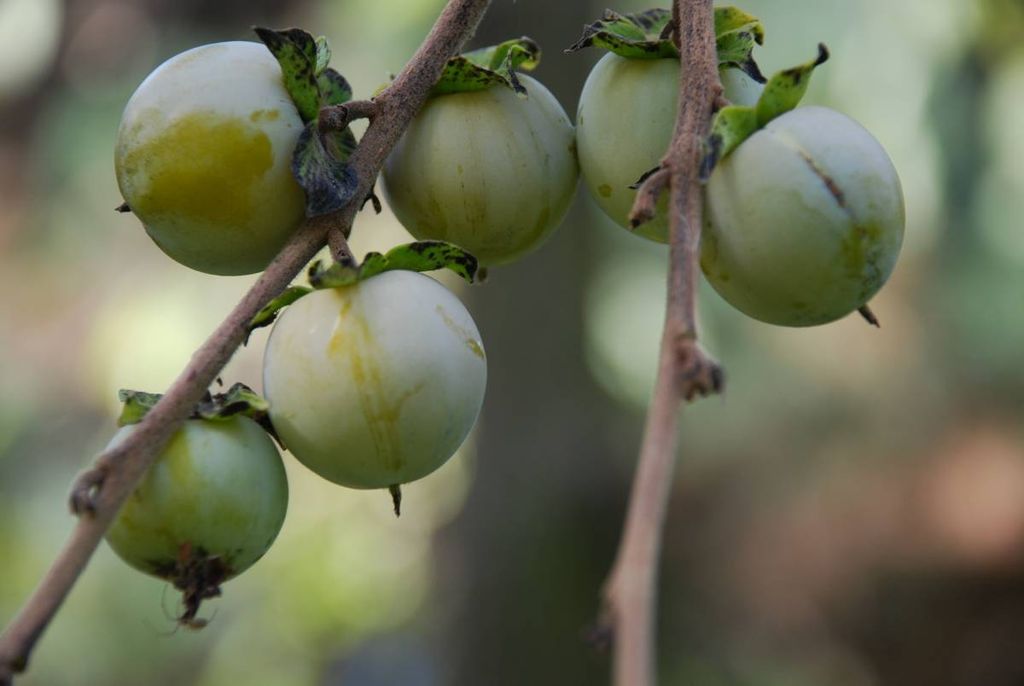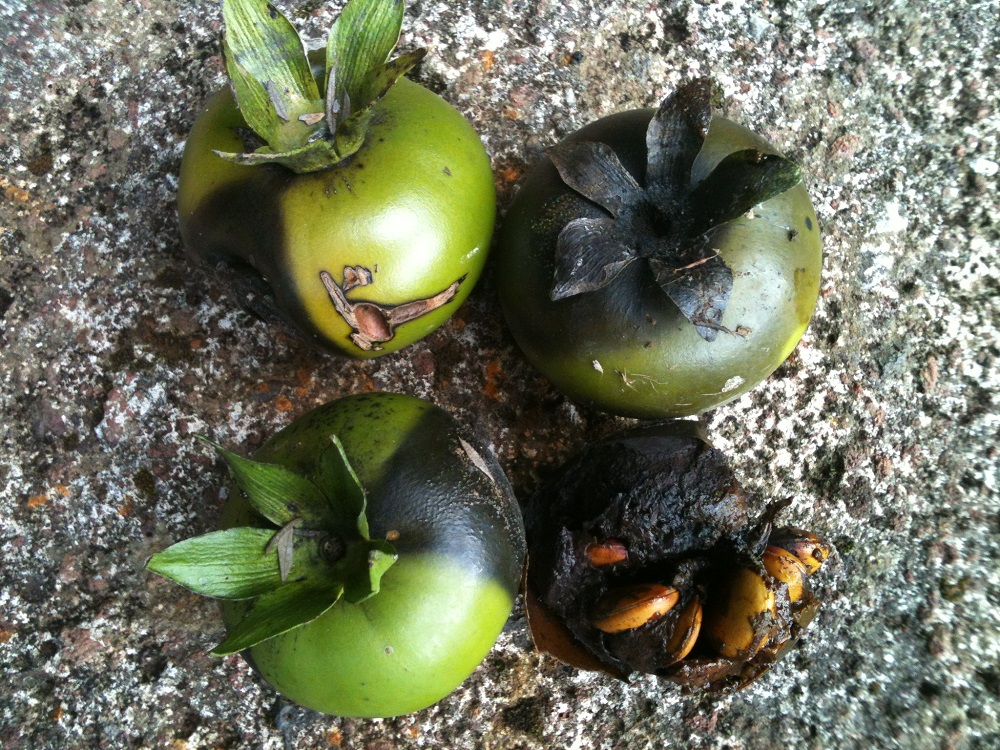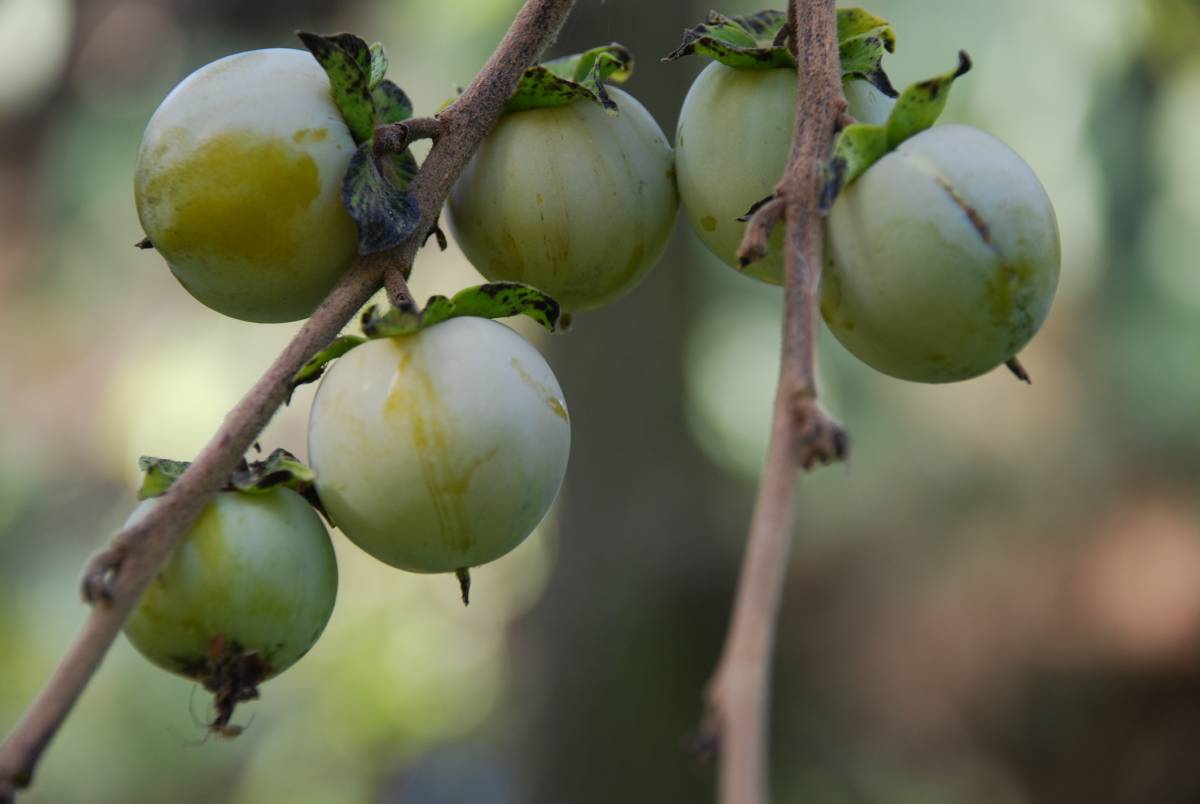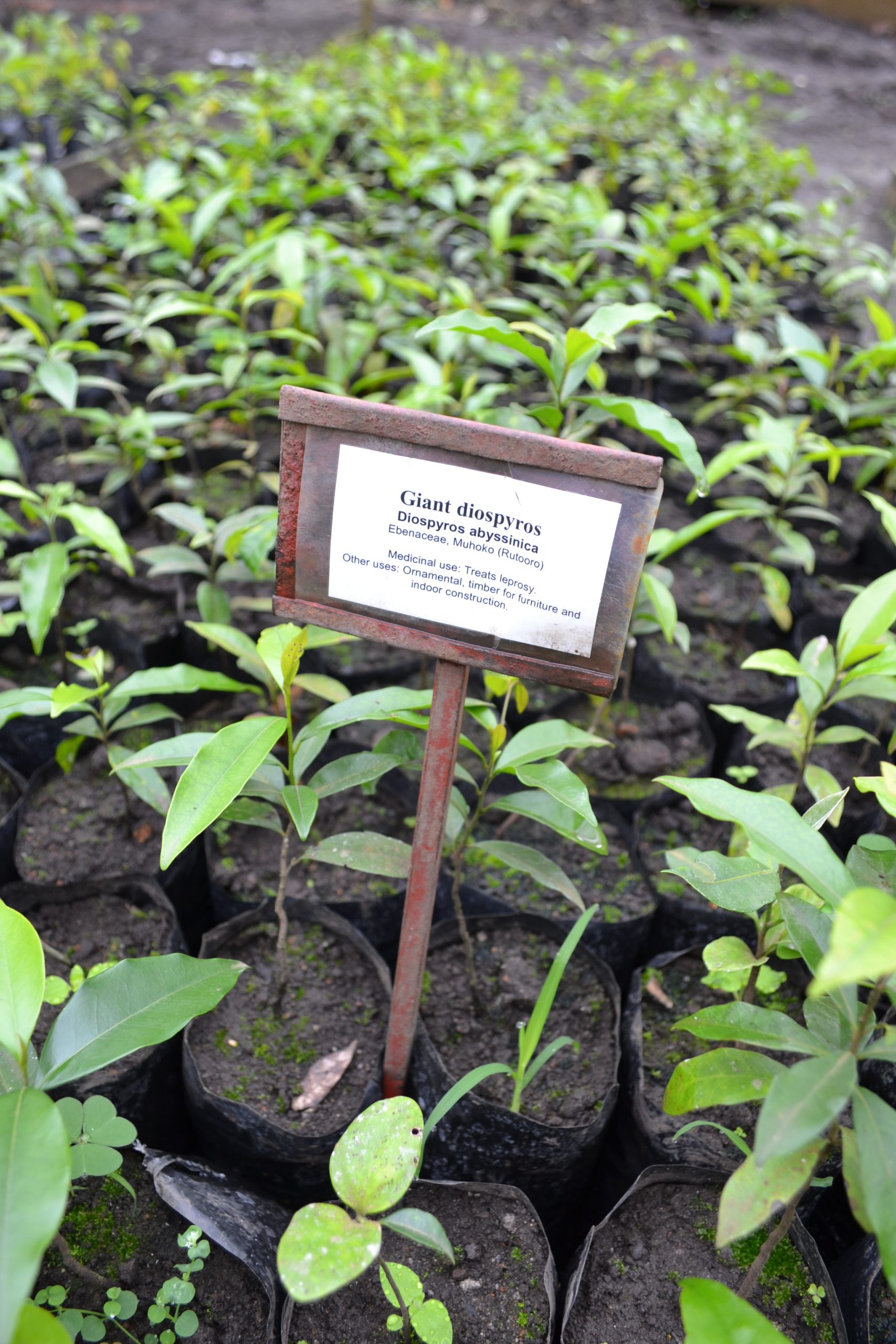Assessing the world’s Ebonies

-
Status of project
Completed -
Region
Global -
Programme
Global Trees Campaign -
Workstream
Saving Plants -
Topic
Tree Conservation
Project completed
Conservation problem
Unsustainable exploitation of ebonies is threatening this valuable group of trees with extinction.
Project goal
Improve scientific understanding of ebony diversity worldwide and promote their conservation through ‘The Global Ebony Assessment’.

Why these species?
The Ebenaceae is a cosmopolitan family of ca. 750 species of small to large trees. It includes numerous precious hardwood species commonly referred to as ebony, which have been extensively exploited for their wood. Continued forest clearing worldwide and unsustainable exploitation of ebony for its rich, black wood pose significant threats to many species. Several species are also widely cultivated for their edible fruit (kaki or persimmon) and others have important medicinal properties.
As an economically and ecologically important group of trees distributed throughout tropical and temperate forests, it is vital to understand the diversity and conservation status of Ebenaceae, in order inform global conservation actions.

What did we do?
GTC assisted Missouri Botanical Garden’s Global Ebony Assessment (GEA). This work highlighted gaps in current ex situ collections of ebony, established a baseline for ebony diversity, supported red listing activities and also gathered information on uses and trade of ebonies worldwide.
Key achievements
GTC produced the first ever ex situ survey of ebony species, showing that only 24% of ebony taxa (193 of 806 taxa) are reported in ex situ collections. The conservation status of many ebony species is currently unknown, however, only 25% of those taxa known to be threatened are reported in ex situ collections. This means that very few ebony taxa have back-up protection if the threatened in situ populations are lost.
Ex situ collections are a vital conservation measure offering protection to species away from their native habitat and any in situ threats. Ex situ collections can also form the basis of reintroduction and restoration programmes, therefore helping to improve the conservation status of ebony species in the wild. This report highlights the gaps in ex situ collections and calls for action within the botanic garden community to address gaps.

Contact details
For more information on this project, please contact globaltrees@bgci.org